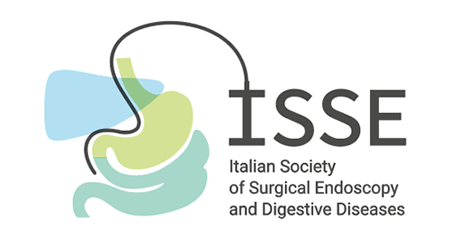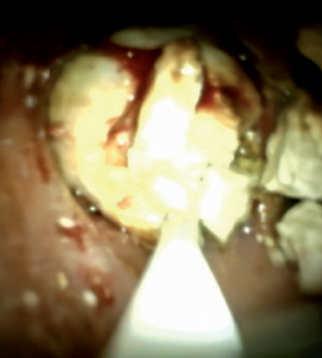Il trattamento della calcolosi intraepatica
AUTORI
Tina Scibelli, Giovanni Rizzo, Marco Bisello
ABSTRACT
The ultimate goal of hepatolithiasis (HL) treatment is the complete removal of the stone, the correction of the associated strictures and the prevention of recurrent cholangitis, subsequent hepaticfibrosis and progression to cholangiocarcinoma. Over time the treatment for HL has evolved; currently, a conservative approach is being attempted through the increased use of endoscopic techniques and a decrease in the number of hepatectomies. Recent advancements in technology and the development of the SpyGlass system have led to an increase in the use of cholangioscopy. It is already known that SpyGlass is beneficial in patients with difficult bile duct stones, through the use of targeted lithotripsy. Patients with complicated hepatolithiasis and who have attempted and failed Endoscopic Retrograde Cholangiopancreatography (ERCP) are good candidates for bile duct stone removal with Percutaneous transhepatic cholangioscopy (PTCS). Several methods, including basket stone removal, electrohydraulic shock-wave lithotripsy (EHL), and laser lithotripsy, are used for the removal of bile duct stones with PTCS
Scibelli T, Rizzo G, Bisello M. Il trattamento della calcolosi intraepatica. GIED. 2023 Mar;vol.1:52-58
SCARICA QUESTO ARTICOLO IN PDF

